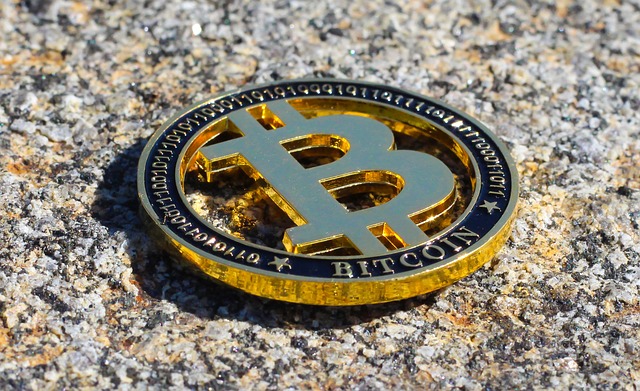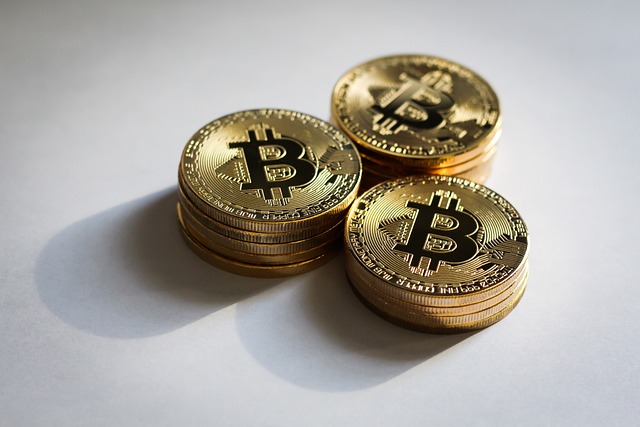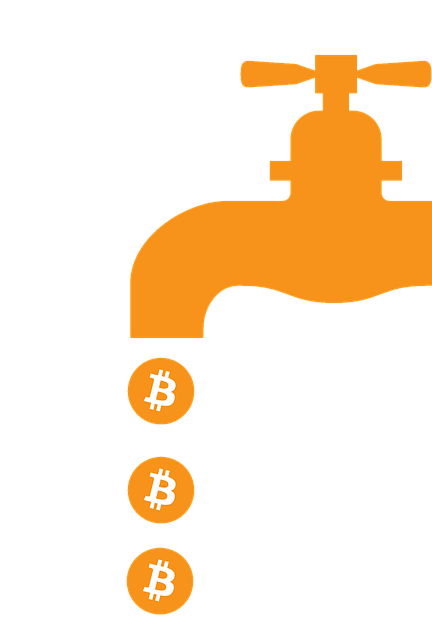Cardano's tokenomics stand out in the crypto space through its energy-efficient proof-of-stake consensus mechanism and limited 42.9 billion ADA token supply, fostering long-term investment strategies. The ADA token serves multiple functions, including transactions, staking, and accessing decentralized applications (dApps), making it an attractive diversification tool for crypto portfolios. Cardano's innovative mechanisms like staking and reward systems incentivize participation, driving ecosystem stability and growth. By engaging in activities such as staking, delegating, or simply holding ADA, investors can earn rewards while contributing to network security and adoption, positioning ADA as a key asset in successful crypto investment strategies targeting both price appreciation and blockchain infrastructure development.
Cardano (ADA) offers a unique tokenomic structure that sets it apart in the crypto space. This article explores how Cardano’s innovative approach to blockchain technology translates into compelling investment opportunities for market enthusiasts. We’ll delve into the intricate details of ADA’s tokenomics, focusing on its role in securing the network and driving adoption through incentivized participation mechanisms. By understanding these key aspects, crypto investors can make informed decisions about their strategies.
- Understanding Cardano's Unique Tokenomic Structure
- Incentivizing Participation: Rewards and Staking Mechanisms
- ADA's Role in Securing the Network and Driving Adoption
Understanding Cardano's Unique Tokenomic Structure

Cardano’s tokenomic structure sets it apart in the crypto space, offering a unique approach to digital currency and blockchain technology. Unlike many other cryptocurrencies, Cardano (ADA) employs a proof-of-stake (PoS) consensus mechanism, which is not only energy-efficient but also provides a more secure network. This system encourages users to hold onto their ADA tokens as stakes in the network’s operation, fostering long-term investment strategies for crypto market enthusiasts.
The token’s design includes a limited supply, with a maximum of 42.9 billion ADA tokens, ensuring scarcity and potentially increasing its value over time. Cardano’s native utility token serves multiple purposes: it facilitates transactions on the blockchain, allows users to participate in staking, and provides access to decentralized applications (dApps) within the Cardano ecosystem. This multifaceted role enhances the token’s functionality and makes it an attractive option for investors looking to diversify their crypto portfolios with sound investment strategies.
Incentivizing Participation: Rewards and Staking Mechanisms

Cardano’s ADA tokenomics employs innovative mechanisms to incentivize participation and foster a strong, decentralized ecosystem. One key strategy is through staking, where holders can lock up their ADA tokens to support the network’s operations. Stakers are rewarded with additional ADA, proportional to the amount staked and the length of time committed. This not only encourages long-term investment but also ensures a stable base for the blockchain’s growth.
Furthermore, Cardano introduces a unique reward system that goes beyond traditional mining. By participating in various network activities like staking, delegating, or even just holding ADA, users can earn rewards. These incentives create an engaging environment for crypto market enthusiasts, offering not only potential price appreciation but also direct participation in the network’s success through smart investment strategies.
ADA's Role in Securing the Network and Driving Adoption

In the Cardano ecosystem, ADA plays a pivotal role in securing the network and fostering adoption. As the native cryptocurrency, ADA acts as a bridge between users, validators, and the platform’s decentralized applications (dApps). Each transaction on the Cardano blockchain requires a small amount of ADA to be staked, which not only incentivizes participation but also ensures the network remains secure and resilient. This mechanism is crucial for maintaining the integrity of the consensus process, making it an attractive feature for crypto investment strategies among market enthusiasts who recognize the long-term value in a secure and reliable blockchain infrastructure.
Moreover, ADA’s role extends beyond security; it serves as a catalyst for adoption by enabling users to participate in the network’s governance and earn rewards. As more individuals stake their ADA, the network grows stronger, attracting developers and businesses that seek to build on Cardano’s innovative platform. This positive feedback loop drives further adoption, making ADA an integral component of crypto investment strategies for those looking to capitalize on both the technological advancements and the growing decentralized economy within the Cardano ecosystem.
Cardano’s tokenomics, with its unique structure, rewards-based participation, and ADA’s pivotal role in network security, presents an intriguing proposition for crypto investors. This approach not only fosters a robust ecosystem but also offers a compelling strategy for long-term growth, making Cardano a noteworthy option in the market for those seeking innovative investment opportunities. By understanding these mechanisms, market enthusiasts can make informed decisions regarding Cardano and its potential to disrupt the crypto space.
